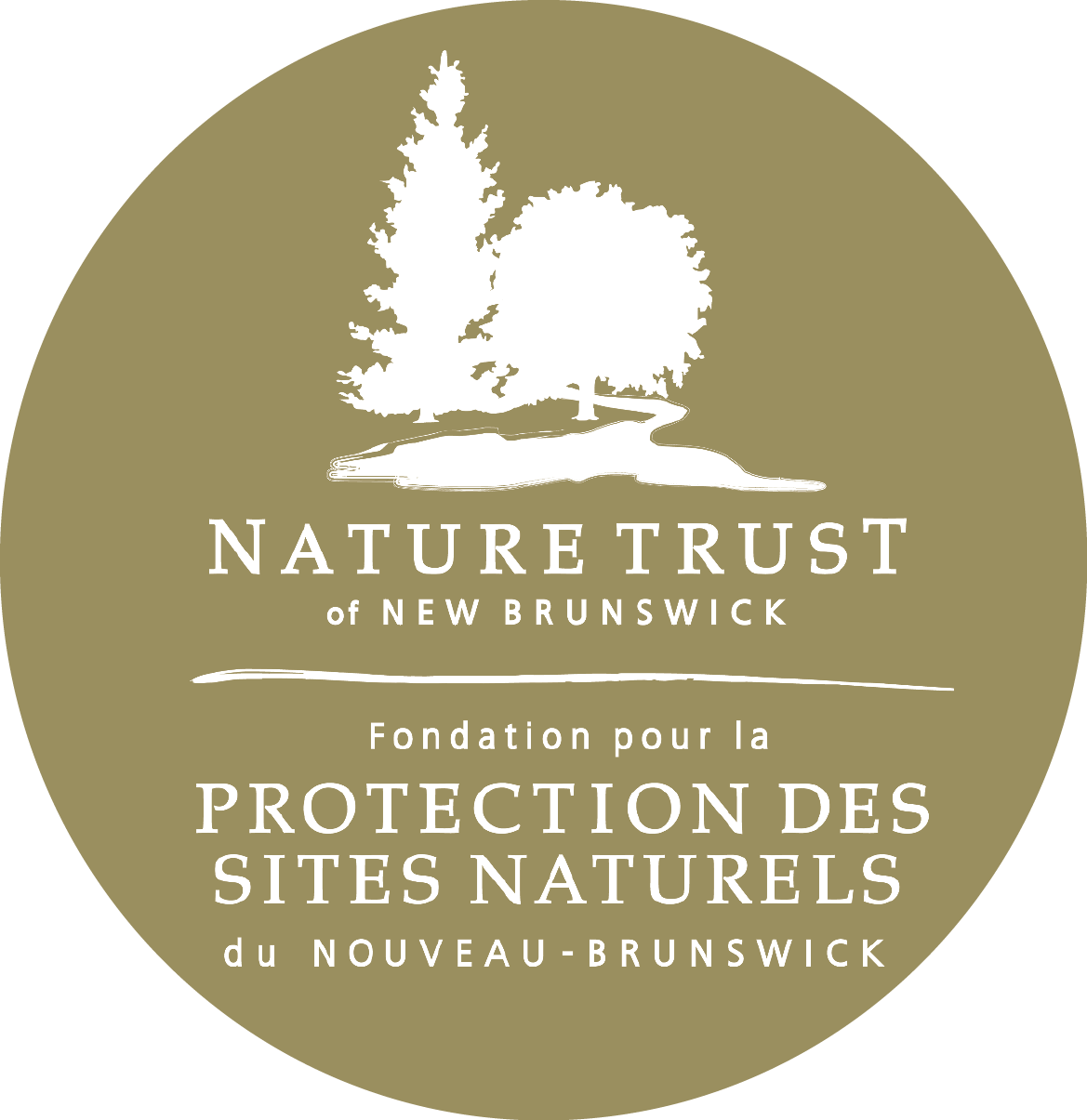Overview
This nature preserve is 6.6 hectares (16.3 acres) and its southern border is along the Kee Road. The Appalachian Hardwood Forest, an increasingly rare ecosystem in New Brunswick, characterizes this preserve.
History
The Margaret (Coburn) Cameron Woods is within traditional Wabanaki territory. In 2016, Dr. Jim Goltz identified that the area has ecological significance due to the presence of some rare plant species.
Margaret (Coburn) Cameron Woods was named in honour of Margaret Cameron (born Coburn) who was an avid amateur naturalist and was knowledgeable of forest plants in the Keswick Ridge area. The preserve was donated by Margaret’s daughter and son-in-law, Patricia and her late husband Jan Volney, in 2017.
Ecology
The preserve is home to sensitive understory plants such as the American lopseed (Phryma leptostachya) and round-lobed hepatica (Hepatica nobilis). Several endangered butternut trees (Juglans cinerea) are found in the seepage areas of the preserve; the Eastern wood-pewee (Contopus virens), a species of special concern, also resides within the nature preserve.
The Margaret (Coburn) Cameron Woods is one of the few areas in Keswick Ridge that still supports Appalachian hardwood forests. The forest is well drained and dominated by sugar maple (Acer saccharum), yellow birch (Betula alleghaniensis), white ash (Fraxinus americana), ironwood (Ostrya virginiana), American basswood (Tilia americana), American beech (Fagus grandifolia), Eastern hemlock (Tsuga canadensis), balsam fir (Abies balsamea) and Eastern white cedars (Thuja occidentalis).
Access and Activities
The shoulder of the Kee Rd. (between 187 & 203 Kee Rd.) can be used for temporary parking to visit the short trail loop through the beautiful Appalachian and mixed hardwood forest.
*The property is undeveloped and there are a variety of hazards and risks associated with accessing this preserve. While this nature preserve is open for public access, visitors must assume responsibility for their own actions and safety and are to use the land at their own risk.


